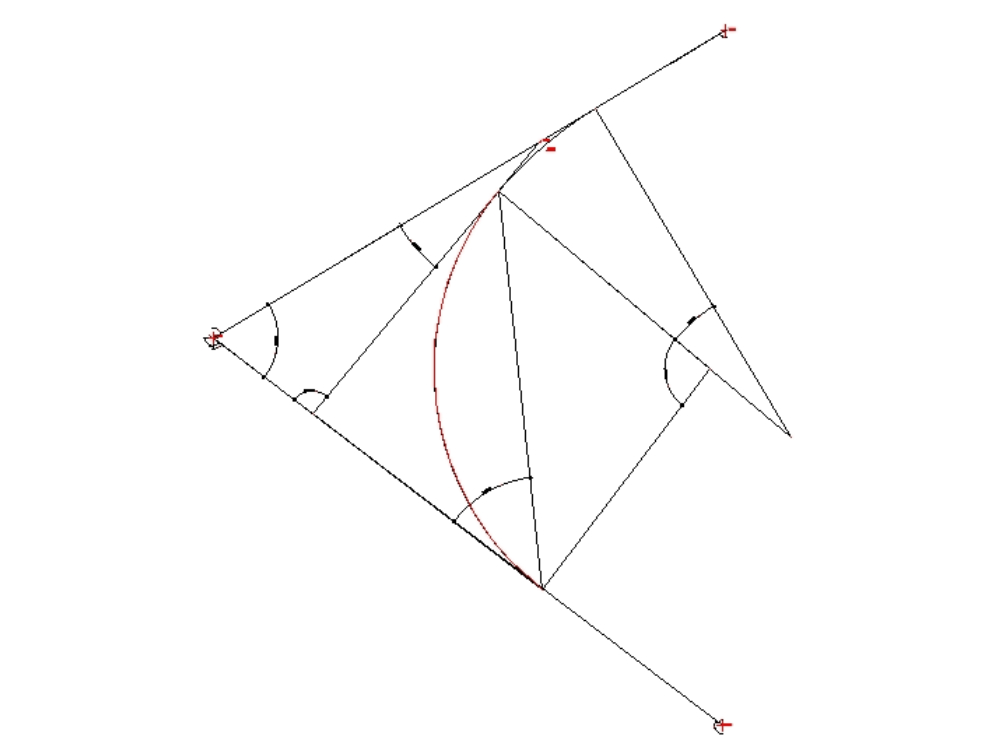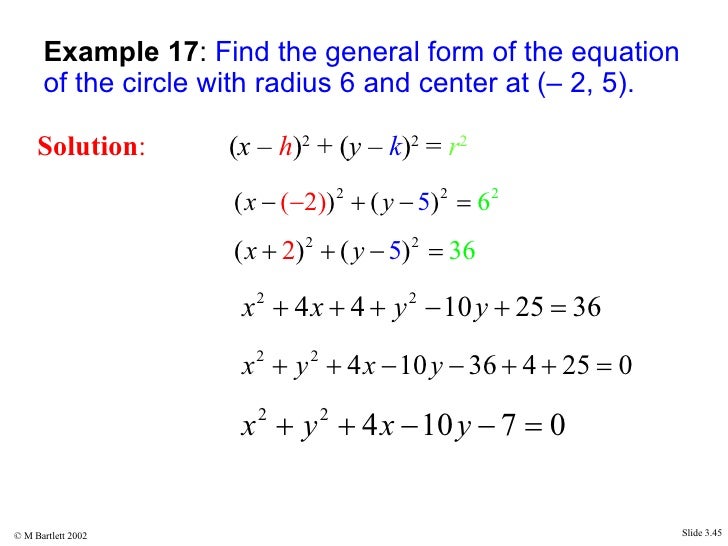
Some surfaces, however, can be difficult to model with equations based on the Cartesian system. The Cartesian coordinate system provides a straightforward way to describe the location of points in space.

If we chose to use conformal time as the time coordinate then the metric would not reduce to the flat space limit.

However this is a result of our choice of coordinates. Which is exactly the same as in flat spacetime. any observer for whom $dx = dy = dz = 0$, the metric reduces to: The obvious example of this is the FLRW metric expressed in comoving coordinates:
Curved space coordinate radius free#
In relativity we are free to choose any coordinate system we want, and in some circumstances it is possible to choose a time coordinate that is not curved. Which is corresponding to the ordinary Newton law of gravitation, whithout any additional terms. This can be taken as a defining property of curvature.įormalizing this notion leads one to define the Riemann curvature tensor, $R_,$$ In other words, initially parallel geodesics do not remain parallel. Instead, the separation between the two geodesics varies as you move along them. In curved space, however, $\epsilon$ is not constant. This will always be true in flat space, no matter what coordinates you choose. the separation between the two geodesics does not change). If the geodesics remain parallel along their entire length, then $\epsilon$ will be constant (i.e. Imagine two initially parallel geodesics separated by a small distance $\epsilon$. One intuitive way of thinking about spacetime curvature is in terms of geodesic deviation.

Genuine spacetime curvature cannot be discerned from the presence of fictitious forces, as accelerated frames in flat spacetime also experience such forces. The principle of general relativity itself precludes the notion of curved space without curved time because these notions are not coordinate independent that is, one observer can make measurements which determine that space is curved but not time, but other observers will in general disagree.Ī free particle moving in this space should be subject to 'inertial' forces caused by the curvature of space Is it possible (or even meaningful) in General Relativity to have curvature in space but not in time?


 0 kommentar(er)
0 kommentar(er)
